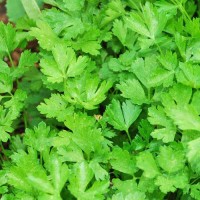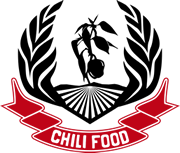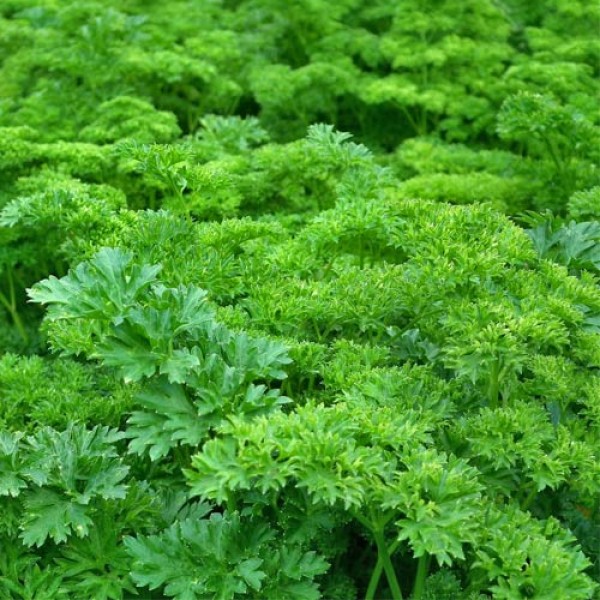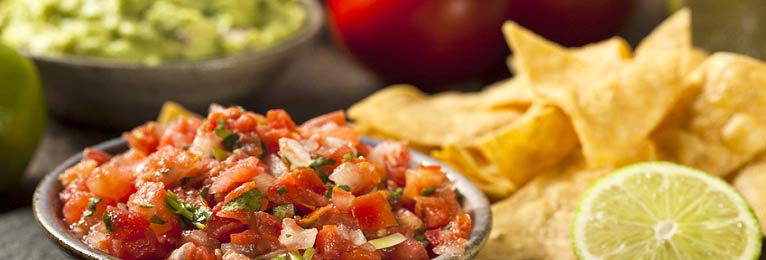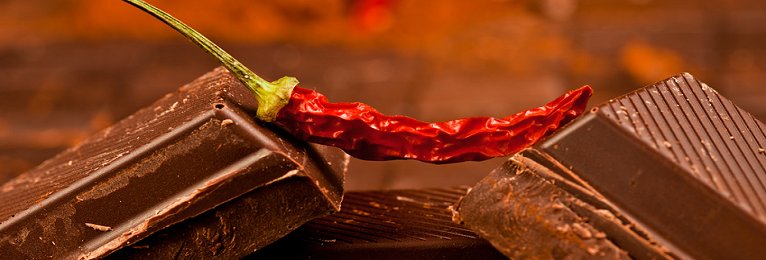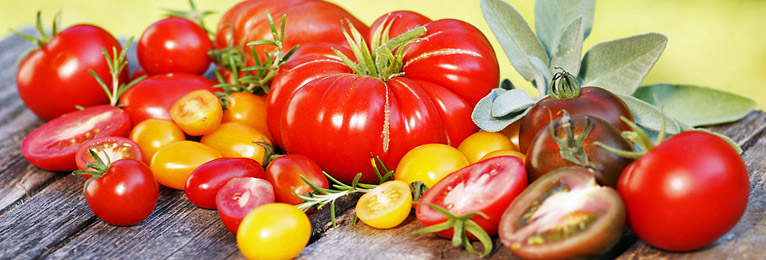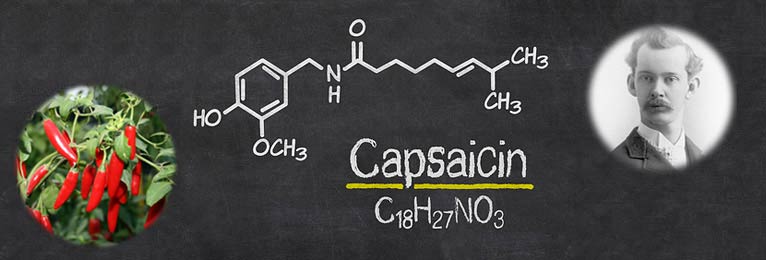Growing parsley from seed
Growing parsley from seed
Parsley, like the closely related root parsley, belongs to the umbelliferous family. Originally, leaf parsley comes from the Mediterranean region and has been known as a spice herb since the Middle Ages.
The leaf parsley has only a thin, long, white root, which is very firm and tough and is therefore not eaten. Its leaves are double or triple pinnate on a long stem. As a biennial plant, parsley produces wonderfully spicy leaves for harvesting in the first year and then blooms once in its second year. After flowering, the plant stops producing leaves and can no longer be harvested.
With parsley, a distinction is made between Italian (smooth) and French (curly) parsley. While the Italian parsley tastes more aromatic, the curly-leaved French parsley has the advantage of not being confused with very similar-looking but poisonous relatives such as the Fool`s parsley (Aethusa cynapium). However, parsley`s poisonous lookalike can be detected by a strong, unpleasant smell when the leaves are crushed.
Location
Parsley needs a sunny to semi-shady location, as the plant was originally cultivated in southern Europe. The soil should be deep, well-drained and rich in humus. Ideally, the bed should already be enriched with compost and organic fertiliser in autumn. Parsley is very sensitive to heavy or crusty soils.
Sowing
If you want to grow parsley from seed, you need a little patience and skill. It can take a few weeks for the seeds to germinate. For harvesting parsley in summer and autumn, sow directly in the field from mid-March, better from April. The seeds are sown 1 - 2 cm deep with a row distance of 20 - 30 cm. Parsley has a germination period of 3 to 4 weeks at a germination temperature between 20 and 25°C. Until the seeds emerge, the soil must be evenly watered and kept free of weeds. It has proved useful to cover the bed with a fleece or perforated foil until the seeds germinate, so that the soil remains as warm and moist as possible. To harvest parsley in winter, you can sow until the end of July. After that, cultivation in a greenhouse is recommended.
Parsley can be pre-grown in seed trays or pots from mid-January. After germination, the small plants should be cultivated at about 15 °C and hardened off before planting in April.
Care
From a growth height of approx. 5 cm, you can separate the plants in clumps to a distance of 10 cm. Parsley likes it moist, but does not tolerate waterlogging. Apart from the addition of compost during bed preparation, parsley does not need any further fertilisation. Parsley is a biennial. In the first year, parsley produces leaves, in the second year it flowers. After flowering, the plant dies, so you should reseed parsley annually.
Flowering
The flowering time of the herb is from June to July. Just before flowering, the herb is at its most aromatic, so you should harvest all the leaves then. During and after flowering, parsley should not be eaten or used to decorate dishes. Please note: Parsley is no longer edible during and after flowering! In the plant parts, the content of apiol, a poisonous ingredient of the plant, increases. The seeds are also poisonous.
Diseases and pests
Snails and slugs are the parsley`s biggest enemies. You can protect parsley from slug infestation with a slug bonnet or a slug fence. Root gall mites, aphids, worms and grubs are other possible pests. Yellow leaves can be an indication of a magnesium or molybdenum deficiency. If brown spots appear on the stem and leaves, this can be an indication of Septoria leaf spot disease.
Harvest
Parsley can already be harvested in late spring when the plants are strong enough and the stems have at least three pairs of leaves. When harvesting, don`t just cut off the leaves, but the stems as close to the ground as possible. This will encourage the plant to sprout. This way you get a beautiful, bushy herb. Always harvest the outer shoots first and never cut into the heart of the plant. This can be recognised by the thickened stem from which the shoots emerge. The stems are not suitable for cooking. They can be composted afterwards.
Caution: After flowering, the leaves of the parsley become inedible and poisonous.
You can leave the plants standing if you want to propagate the parsley from seed. After harvesting the seeds, it is best to pull out the plant completely. Then plant or sow parsley in another location for three years and use the bed for other vegetable or ornamental plants.
Storage
The best way to preserve parsley is to chop it and freeze it. You can also dry it in the oven or in a dehydrator, but of course it will lose some of its flavour. It will also keep fresh for a few days in the fridge. In this case, chop it just before eating.
Manufacturer
Name: | Chili-Food-Wissen |
Address: |

